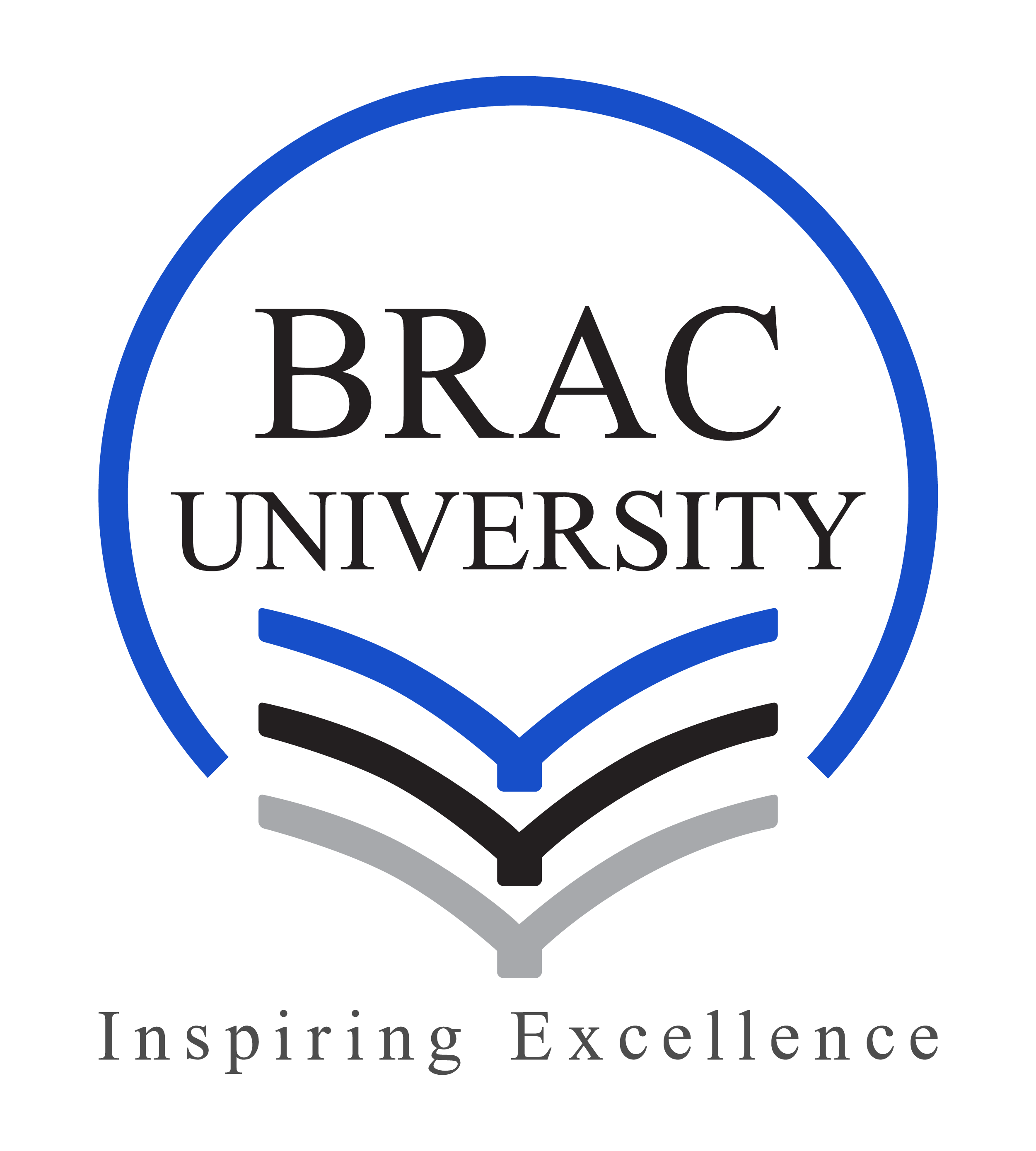Lessons learned on programmatic collaboration between key populations: A case study of BUZA’s Bridging the Gaps – Health and rights for key populations global alliance
View knowledge productThe Bridging the Gaps programme addresses the human rights violations and challenges faced by sex workers, people who use drugs, and lesbian, gay, bisexual, and transgender (LGBT) people, in accessing HIV and other essential health services. In the past four and a half years of the Bridging the Gaps programme, around 100 partners collaborated through the alliance across 22 countries, including 36 organisations representing LGBT people, 44 representing PWUD, 25 representing sex workers, and eight partners whose main focus is on people living with HIV, including the lead agency. Within this set-up, partners were required to collaboratively work towards the programme goals. But while collaboration can be very productive, it is also challenging. How do you collaborate effectively with such a complex alliance structure? What is the added benefit of working together? And what effect does an alliance that uniquely combines representatives of different key populations–sex workers, drug users and LGBT–have on the success of the collaboration?
This report presents on operational research that details lessons learnt on collaboration within Bridging the Gaps. The research was conducted by the Centre for Social Science & Global Health at the University of Amsterdam.
Knowledge product details
-
Small Grants
-
2014
-
Multinational
-
Advocacy
-
Marginalized groups
-
Share-Net Netherlands
-
English
-
Project Presentation
-
Report




